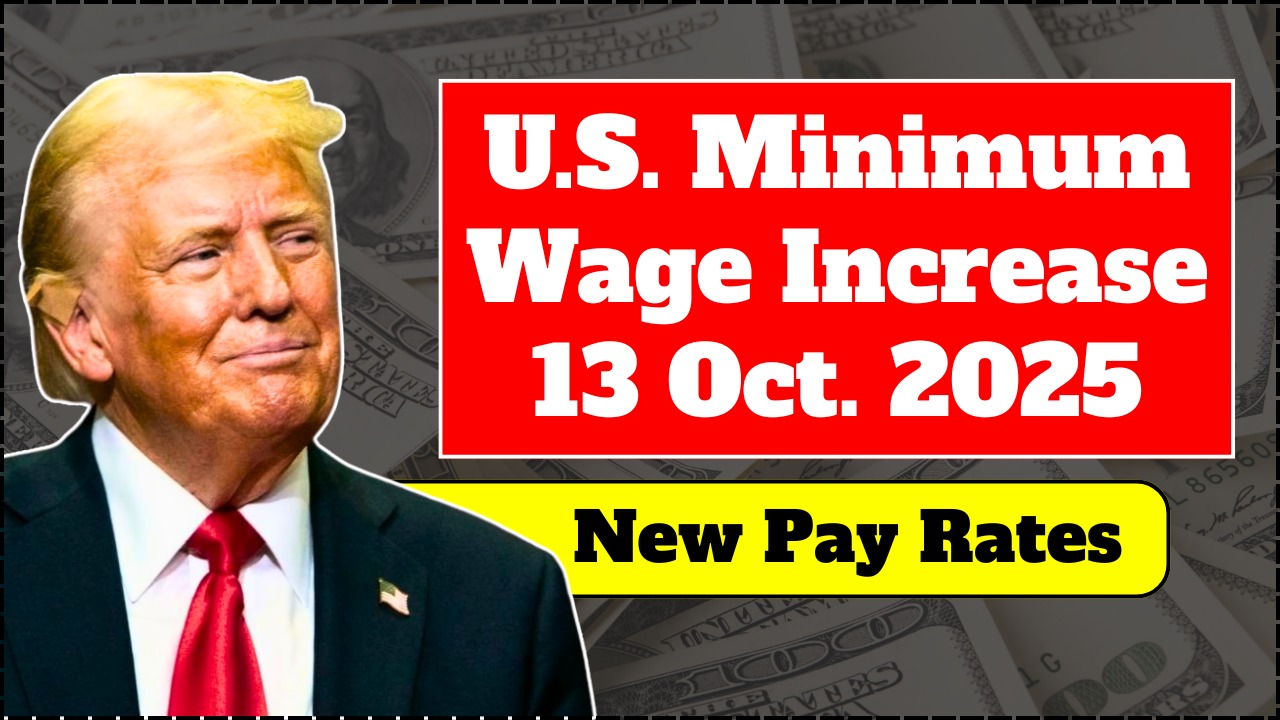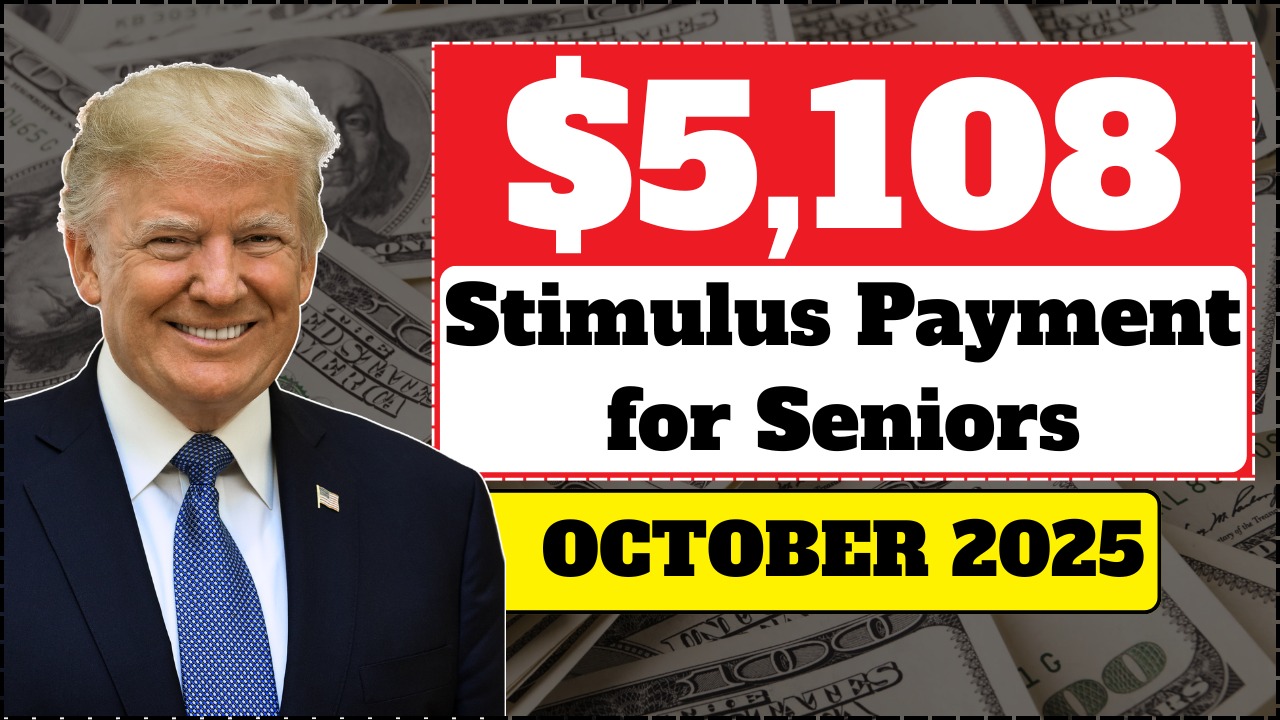Every so often, ordinary change can hide extraordinary value. Imagine rummaging through coins in your wallet or loose in a drawer, only to find a Lincoln wheat penny that could be worth millions. While no verified record confirms a penny worth $4.4 million has been spent in everyday transactions, the legend highlights the rare and fascinating world of coin collecting.
The History of the Lincoln Wheat Penny
Introduced in 1909, the Lincoln wheat penny was the first circulating U.S. coin to feature a president. Abraham Lincoln’s portrait appears on the front, while the back shows two wheat stalks framing “ONE CENT” and “UNITED STATES OF AMERICA.” Over its nearly 50-year run, billions were minted, but only a handful have become legendary among collectors.
Most wheat pennies are worth only their face value or a small premium to collectors. However, certain rare varieties—due to minting errors, limited production, or unique historical significance—can be worth thousands, even millions.
What Makes a Wheat Penny Valuable?
Several factors determine if a penny could reach a high valuation:
| Factor | Explanation |
|---|---|
| Mint Error or Anomaly | Coins struck on the wrong metal or missing a mintmark are instantly rare. |
| Low Mintage | Years or mints with fewer coins create scarcity. |
| Exceptional Condition | Well-preserved coins in nearly perfect state greatly increase value. |
| Provenance & Authentication | Verified history and grading by reputable services boost legitimacy. |
Famous High-Value Varieties
- 1943 Bronze Penny: During World War II, pennies were made from zinc-coated steel due to copper shortages. A few 1943 pennies were accidentally struck in bronze, making them extremely rare and valuable—some selling for hundreds of thousands.
- 1909-S VDB Penny: Victor David Brenner’s initials (“VDB”) were initially included on the reverse. Public backlash led to their removal, making surviving 1909-S VDB coins highly coveted.
- 1955 Doubled Die Penny: The date and lettering were struck twice in misalignment, creating a visually distinct and collectible coin.
The $4.4 Million Legend
The story of a Lincoln wheat penny worth $4.4 million still in circulation adds to the allure of collecting. It suggests that among thousands of ordinary coins, a rare treasure could slip through unnoticed. Whether in a major city or a small town, finding such a penny could be life-changing.
While $4.4 million is speculative, verified sales of rare Lincoln cents have reached mid-six figures or more, especially when condition, rarity, and provenance align. The legend encourages collectors to stay vigilant and examine coins closely.
How to Identify a Potential Treasure
If you suspect you have a rare penny, consider these steps:
- Check the Date and Mintmark – Use magnification to spot small differences.
- Use a Magnet – A genuine 1943 bronze penny won’t stick, unlike the common steel version.
- Look for Doubling or Errors – Inspect the date and inscriptions for doubled impressions.
- Check for Off-Metal Strikes – Coins struck on incorrect metals or with plating anomalies are valuable.
- Consult Experts – Professional grading or a numismatic specialist can authenticate your find.
Even if your penny isn’t worth millions, you may discover coins valued in the thousands—or simply enjoy the thrill of the search.
Why Collectors Love Lincoln Wheat Pennies
The appeal of wheat pennies goes beyond monetary value. Collectors enjoy the history, rarity, and the possibility of uncovering a hidden gem. Each coin tells a story of the past, from U.S. Mint practices to historical events like wartime production changes.
FAQs
Q1. Which Lincoln wheat pennies are the most valuable?
Rare varieties like the 1943 bronze, 1909-S VDB, and 1955 doubled die are the most sought-after.
Q2. How can I know if my penny is valuable?
Check the date, mintmark, condition, and errors; professional grading adds credibility.
Q3. Can a wheat penny still be worth millions today?
While $4.4 million is mostly legend, some rare Lincoln pennies have sold for hundreds of thousands or more.





